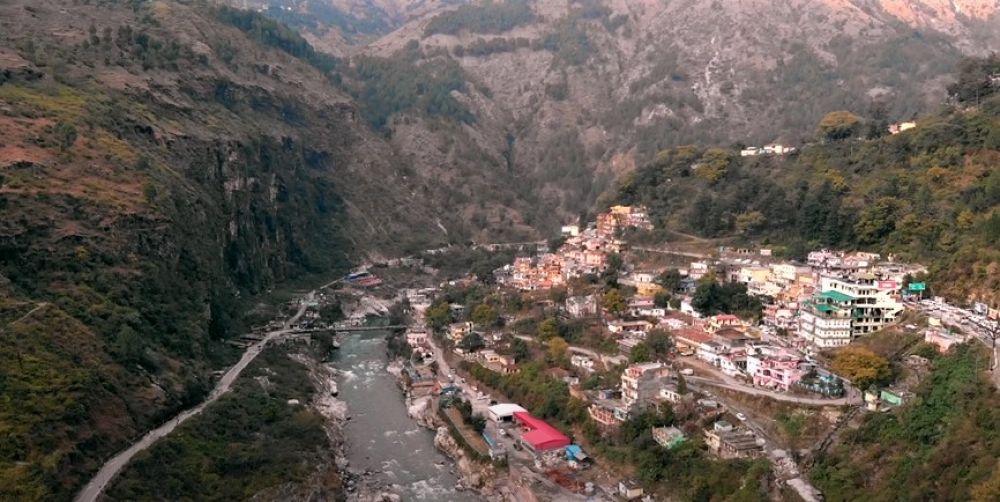

Chamoli, nestled in the high-altitude regions of Uttarakhand, is often referred to as the 'Abode of Gods'. The history of tourism in Chamoli is intimately tied to its rich cultural heritage and natural bounty. The region has been a destination for spiritual pilgrims for centuries, with its roots in pilgrimage tourism dating back to the establishment of sacred sites like Badrinath and the numerous temples dotting the landscape.
The earliest tourists were pilgrims and sages drawn by the divine energy of sites like the Badrinath Temple, one of the Char Dhams, which is believed to have been established by Adi Shankaracharya in the 8th century. Over time, the serene beauty of the area and the presence of a plethora of holy sites expanded its appeal to a wider audience of spiritual and cultural tourists.
It wasn't until the 20th century, however, that Chamoli began to emerge as a destination for modern tourism. Post-India's independence and with the improvements in road infrastructure in the mountainous terrains, more travelers started to explore Chamoli's enchanting landscapes, which led to a gradual increase in the number of visitors to the area. This was further bolstered by the Indian government's promotion of the Himalayas as a unique tourist destination.
Beyond its spiritual heritage, Chamoli has also gained fame as a hub for nature lovers and adventure enthusiasts. The establishment of the Nanda Devi National Park in 1982, recognized as a UNESCO World Heritage Site, has attracted eco-tourists from around the globe, keen to witness the park's diverse flora and fauna.
Adventure tourism has seen a significant surge with Chamoli becoming a base for trekking, mountaineering, and other outdoor activities. The famous treks like the Valley of Flowers and Hemkund Sahib are global attractions offering sublime natural experiences intertwined with spiritual elements.
In recent years, with the worldwide upsurge in wellness and spiritual tourism, Chamoli has observed an increase in visitors seeking yoga retreats and Ayurvedic therapies set against the Himalayan backdrop. The concept of homestays is gaining popularity, as tourists increasingly seek authentic experiences and closer interaction with the local culture.
The rise of digital nomadism and remote working options has also brought a new wave of tourists, who come to Chamoli looking for a serene environment to work from while being immersed in nature. These new trends are shaping the local tourism industry, with a focus on sustainable practices and community-based tourism, to preserve the natural and cultural integrity of Chamoli.
Note: While tourism is a vital part of Chamoli's economy, visitors are encouraged to practice responsible tourism to help maintain the ecological balance and cultural sanctity of the region.